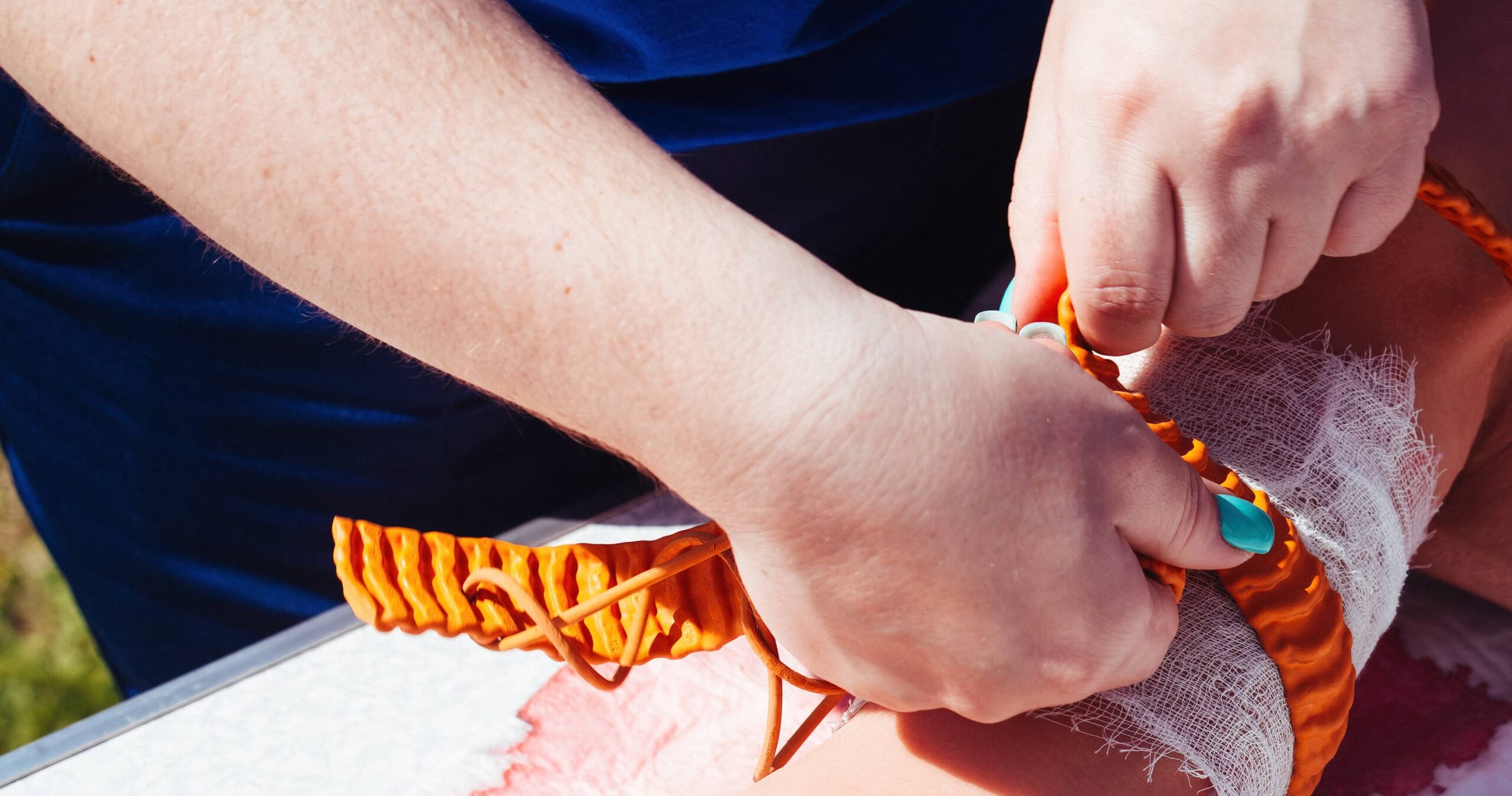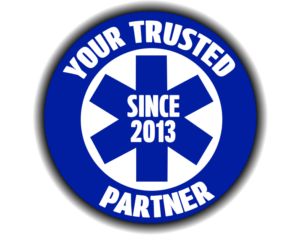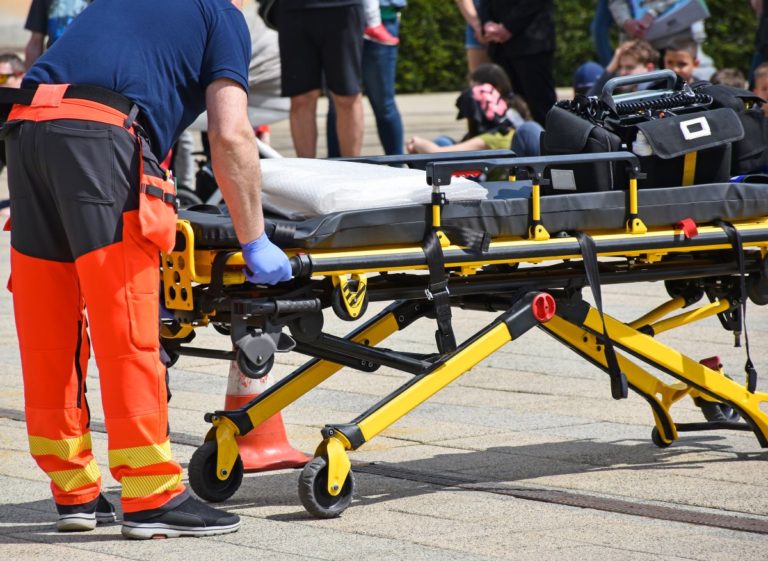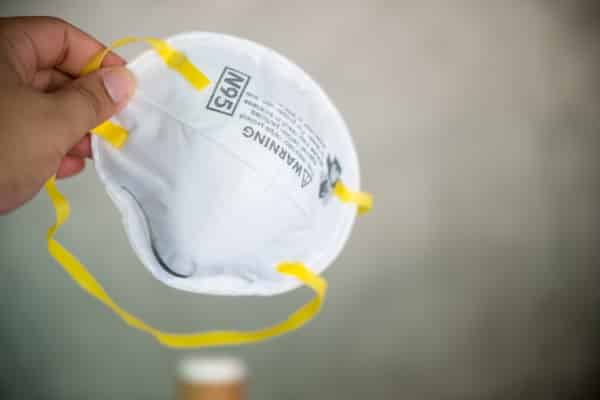
Understanding the Role of Tourniquets in First Aid: Best Practices and Recommendations
As a first responder or EMT, you know the urgent need for effective, immediate interventions. Among the tools you need to deliver such prompt care, tourniquets stand out for their effectiveness in halting life-threatening bleeding. While simple in design, these devices demand skill and knowledge to be used correctly.
Harnessing their potential can increase a victim’s chances of survival during critical moments. Read on to learn more about the role of tourniquets in first aid and the best practices to enhance your response in emergencies.
What is a Tourniquet?
A tourniquet is a device used to apply pressure to a limb or extremity to limit, but not stop, blood flow. These devices are crucial in medical emergencies where severe bleeding occurs and needs to be controlled immediately to prevent the patient from losing too much blood.
Role of Tourniquets in First Aid
In critical scenarios, a tourniquet is a first-line defense against exsanguination—the loss of blood to a degree sufficient to cause death. Applying high-quality tourniquets from reputable suppliers like Coast Biomedical Equipment is one of the fastest methods of preventing hemorrhage in trauma situations.
Best Practices and Recommendations for Using Tourniquets
Here are some best practices and recommendations to ensure that you use tourniquets effectively:
- Correct placement is key: Place the tourniquet about 2 to 3 inches above the wound, but never on a joint. This positioning maximizes pressure on the limb while minimizing tissue damage.
- Apply sufficient pressure: Tighten the tourniquet until the bleeding stops. This may require significant force, as it’s important to ensure the tourniquet is tight enough to occlude arterial blood flow.
- Check pulse: After application, check for a distal pulse. If a pulse is still present, the tourniquet may need additional tightening.
- Time tracking: Always note the time of application directly on the tourniquet if possible. This information is critical for hospital staff to manage the tourniquet safely and plan further treatment.
- Maintenance and inspection: Regularly inspect your tourniquets for any signs of wear or damage. A compromised tourniquet may fail when needed most, so you should ensure all equipment is in good working order.
Get Quality EMS Supplies From Coast Biomedical Equipment
As an EMT or first responder, mastering the use of a tourniquet is just one part of ensuring readiness in critical situations. Equally important is having access to quality equipment.
Coast Biomedical Equipment is your trusted partner, providing a comprehensive selection of tourniquets and other medical accessories that meet the demands of EMS professionals. Our experience and dedication ensure you have the tools you need at the expected value. Contact us today and equip yourself with the best tools you need to save lives.





